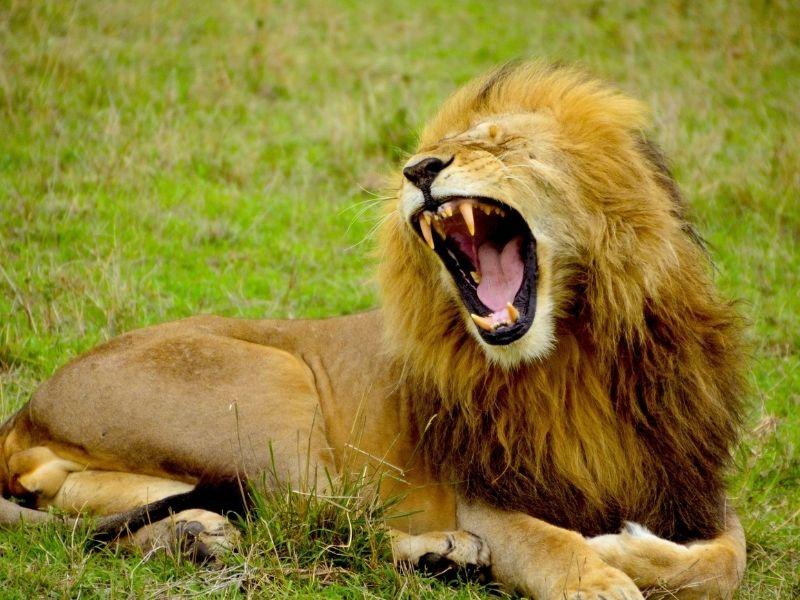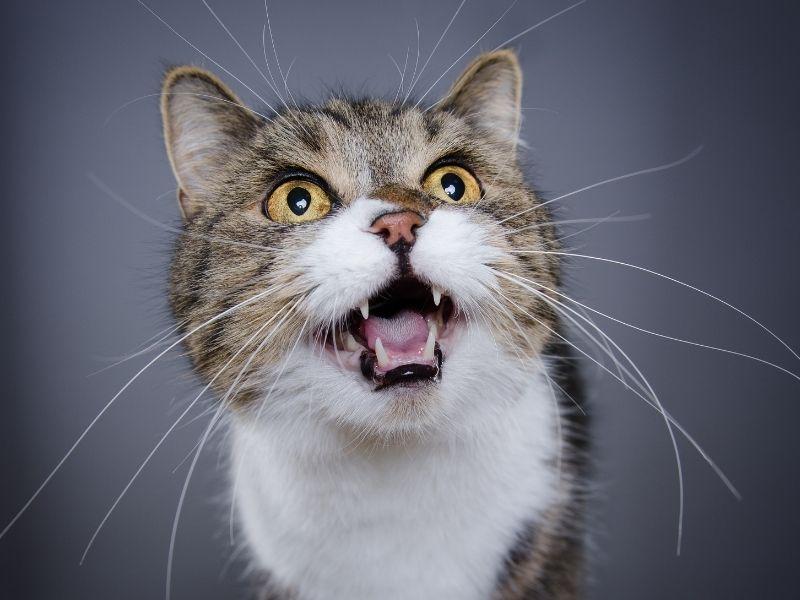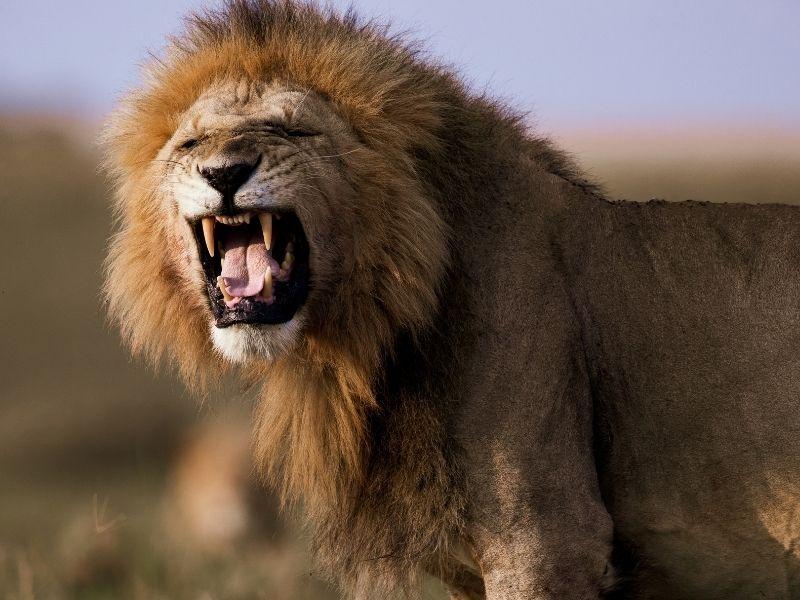One of the most common questions asked about cats is why can’t domestic cats roar? While it’s true that big cats such as lions and tigers can roar, smaller cats such as bobcats and lynxes cannot. With their smaller vocal cords and larynxes, they are physically unable to produce the same sound. So why do cats purr and not roar? It’s all about anatomy. Cats purr by vibrating their vocal cords at a high frequency, which is made possible by their small size and light bodyweight. Big cats, on the other hand, have much larger vocal cords that are capable of vibrating at a lower frequency. This is what gives them their deep, guttural roar.
Can Only Big Cats Roar?
One of the most common misconceptions about cats is that only big cats can roar. While it’s true that lions and tigers can make a loud, guttural sound, there are actually a few other animals that can do this as well. For example, jaguars, leopards, and cougars can all make a roaring sound.
These wild cats all roar for several reasons, including:
i) Intimidation
Roaring is a way for these animals to show their dominance and intimidate their enemies. The loud sound is designed to scare off potential threats and make the animal appear more powerful.
ii) Communication
Roaring is also a way for these animals to communicate with each other. The loud sound can carry for long distances, which makes it an ideal way to communicate with other members of the species.
iii) Mating Calls
In some cases, roaring may also be used as a mating call. The loud sound is designed to attract potential mates and ensure that the animal can find a mate during the breeding season.

Why Do Cats Purr and Not Roar?
One of the primary reasons why cats purr and not roar is because of their anatomy. Domestic cats are not able to roar like some of their wild cousins. Here are some of the reasons why:
1) Vocal Cords
One of the primary reasons why domestic cats cannot roar is because they do not have the right anatomy. In order to make a deep, guttural sound, animals need to have special features in their throat. For example, lions and tigers have a pair of vocal cords that are much longer than those of cats. This allows them to vibrate at a lower frequency, which results in a louder, deeper sound.
The vocal cords of a cat are also shaped differently. In lions and tigers, the vocal cords are triangular in shape. This gives them more surface area, which amplifies the sound they can make. Cats, on the other hand, have vocal cords that are more oval-shaped. This limits the amount of sound they can produce.
2) Lack of Muscles
Lions and tigers also have a special set of muscles that helps them to make a roaring sound. These muscles are located in the larynx, and they attach to the hyoid bone. When these muscles contract, they pull on the hyoid bone and cause the animal’s mouth to open wide. This allows more air to enter the lungs, which results in a louder sound.
3) Lack of a Hyoid Bone
One of the biggest differences between lions, tigers, and cats is the presence of a hyoid bone. This bone is located in the throat and helps to support the animal’s larynx. Lions and tigers have a very large and robust hyoid bones. This gives them the ability to open their mouths wide and take in a lot of air. Cats, on the other hand, have very small and delicate hyoid bones. This limits their ability to make a loud sound.

Which Animal Has the Loudest Roar?
Of all the animals that can make a roaring sound, the lion has the loudest roar. Lions are able to produce a sound that is louder than 114 decibels. This is about as loud as a jet engine taking off. In comparison, the average domestic cat can only produce a sound that is about 30 decibels.
Here are some of the reasons why the lion has the loudest roar:
1) Vocal Cords
As we mentioned before, the lion has a pair of vocal cords that are much longer than those of other animals. This allows them to vibrate at a lower frequency, which results in a louder, deeper sound.
2) Large Hyoid Bone
The lion also has a very large and robust hyoid bone. This gives them the ability to open their mouths wide and take in a lot of air.
3) Powerful Muscles
Lions also have a special set of muscles that helps them to make a roaring sound. These muscles are located in the larynx, and they attach to the hyoid bone. When these muscles contract, they pull on the hyoid bone and cause the animal’s mouth to open wide. This allows more air to enter the lungs, which results in a louder sound.
See Also: How Did Domestic Cats Evolve?
And: How Fast Are Domestic Cats?
Can Lions Purr and Meow?
Lions are able to purr, but they cannot meow. When a lion purrs, it makes a vibration that is similar to the sound of a motor running. This sound is made by vibrating the muscles in the lion’s larynx.
Meowing is a different type of sound that is made by cats. When a cat meows, it makes a high-pitched sound that is produced by moving air through its vocal cords. Cats meow to communicate with other cats and with humans. Lions do not meow because they do not need to communicate with other lions in the same way that cats do.
Lions, tigers, and other big cats are able to make a roaring sound because of their unique anatomy. They have vocal cords that are triangular in shape, which gives them more surface area for making the noise. Cats, on the other hand, have oval-shaped vocal cords that restrict how much they can roar. The lion is also able to produce a louder sound because of its large and robust hyoid bone. This bone helps to support the animal’s larynx and allows them to take in more air. Lions also have a special set of muscles that helps them make a roaring sound. These muscles are located in the larynx and attach to the lion’s hyoid bone. When these muscles contract, they pull on the bone and cause the animal’s mouth to open wide. This allows more air to enter the lungs, which results in a louder sound.
Featured image: A Lion Roaring

